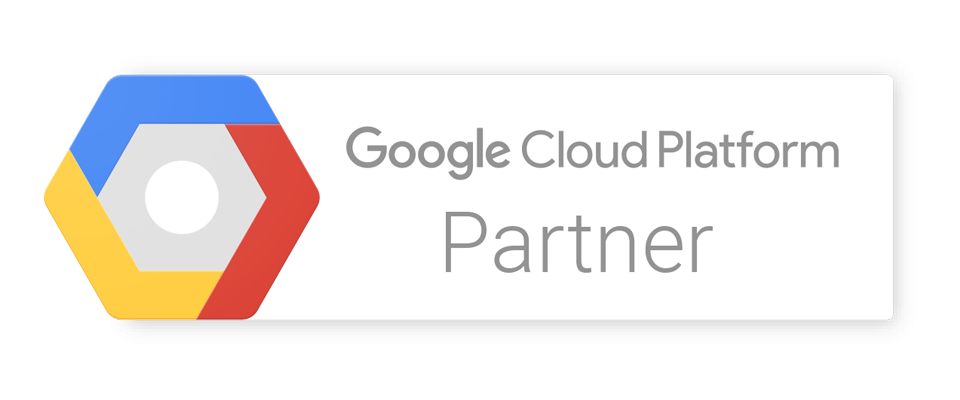
The proliferation of cloud computing is one of the most impactful trends in the world of enterprise IT today — and the technology is ever evolving.
Data and research suggests that hybrid and private cloud computing is on the rise, and more and more enterprises are adopting multi-cloud strategies than in previous years. A few of these findings are outlined below:
- 82% of enterprises have a multi-cloud strategy (up 9% since 2014), 10% use a single public cloud and 5% use a single private cloud. Of the multi-cloud strategies, 14% of enterprises use multiple private clouds, 13% use multiple public clouds, and 55% use hybrid clouds. —Rightscale.com
- “In looking at the primary preferred execution venue for the next two years across a range of enterprise workload categories, 56% of workloads will be in private or hybrid cloud environments for the next two years.” —451 Research’s Customer Insight, Voice of the Enterprise Cloud, Q4 2014
- “There is continued migration of enterprise vendors in mature markets such as the U.S. to hybrid and private cloud platforms to provide software vendors an opportunity to generate adoption for management technologies, as customers require next-generation tools to manage heterogeneous IT infrastructures efficiently.” —Technology Business Research [TBR], “Cloud Components Benchmark Q3 2014”
We’ve put together a comprehensive infographic breaking down some of the differences between the public, private and hybrid cloud and their uses for various workloads, as well as some of the trends affecting enterprise cloud computing in 2015. Check out the full graphic below.

Original Article by Stephanie Walden







